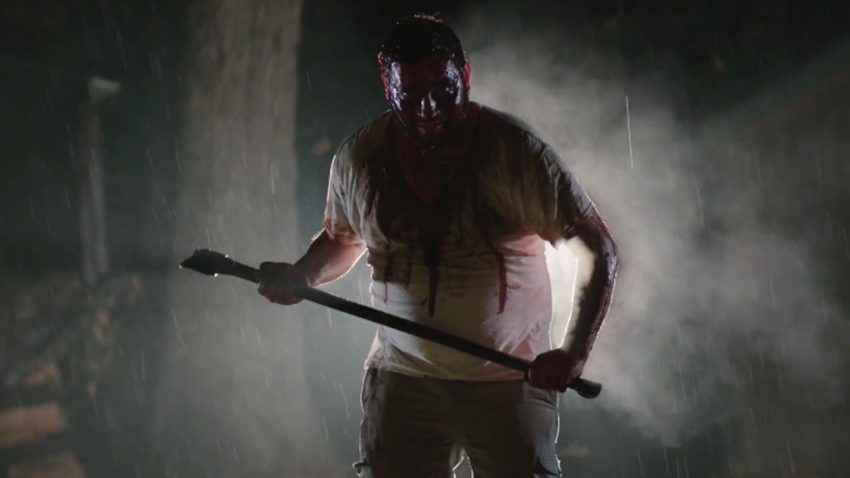Gone are the days of Napster and Kazaa. Those sites are now archaic, but their popularity opened up a chasm of legal issues surrounding music pirating and synching. Song and lyric rights are contentious subjects, with copyright infringement costing some video-makers hundreds of thousands of dollars.
Music piracy is a confusing and costly issue for many videographers and you can quickly find yourself between a rock and a very costly hard place. For even the shortest of films, music is an important co-star to the scenes we film, an invaluable link to our audience’s emotions and memories.
As online filmmakers, we usually do not have the budget of a company like Volkswagen that has the resources to license the rights to a song like Bob Marley’s “Come On Get Happy.” Big names pay big dollars for these songs for a reason: they have an impact on consumer habits, including brand loyalty and identification. So, how do you navigate the legalities of using music in your videos?
The Issues
If you find yourself questioning whether or not to use your favorite Journey song in the background of your video, the best rule of thumb is to simply walk away. Consider that nagging internal debate to be your intuition kicking in.
However, on the other thumb, another good rule is to understand fair use and copyright laws. Let’s start with some basic definitions:
Fair use
A legal doctrine that states portions of copyrighted materials can be used without permission of the copyright owner provided the use is fair and reasonable, does not substantially impair the value of the materials, and does not curtail the profits reasonably expected by the owner (Merriam-Webster.com).
Copyright
The exclusive, legal right to reproduce, publish, sell, or distribute the matter and form of something (as a literary, musical, or artistic work) (Merriam-Webster.com)
Synchronization License
License granted by a copyright holder giving an individual permission to “sync” a particular song with a video, film, video game, TV show, or advertisement. Royalties are then paid to copyright holders depending on the specificities of the agreement. To obtain a synchronization license you need permission from the following:
- The writer or party/publisher representing the writer who is responsible for the composition
- The owner of the studio recording, usually a record label, who has rights to the master sound recording
In Practice
These definitions can appear clear, but in the age of the internet, these meanings get blurry quickly. Fair use is a particularly foggy shade of gray.
According to basic fair use practices, songs can be synched with videos if the copyright is expired, or the video is intended for educational purposes. The rationale is that videos intended for educational use will not be used for profit.
Again, the internet complicates this delineation. Once a student or teacher posts their video online, they lose some degree of control over the original educational purposes of that video.
Questions of Ownership
“What about all those songs I downloaded from iTunes,” you might be wondering. Yes, you paid a solid 99 cents to blast that song as loud as you want to. However, those 99 cents bought you the right to private use only. Meaning, that song cannot be duplicated or attached to any visual media that you could potentially profit from.
As soon as that song is used to sell a cheeseburger, promote your organization, or copied in ANY unauthorized way, you are venturing into the land of royalties. Moreover, hosting sites can be penalized for loading videos that illegally use copyrighted music.
Wedding videographers often find themselves in a particularly difficult situation when clients ask for popular songs in their wedding videos. Who could deny a couple their favorite Matchbox 20 song?
Some professionals will agree to use popular songs, but then include a private use clause in their contract. As an alternative, many videographers elect to purchase rights to cover songs, including the costs in their fee.
Even chasing after a song with expired copyrights is tricky. Legal documents tend to have long, jargon-laden paper trails that can easily elude the most thorough filmmaker.
Solutions
The solution to this persistent issue is not to avoid using music in your online videos. Silence is not golden when it comes to online videos. Here are a few ideas to consider:
Go Local
Find a local band in your community in need of some exposure. Featuring the music of artists from your community is a win-win situation. You are getting all the benefits of a well-paired song and they are reaching new audiences. There are a number of bands that became overnight internet darlings because their music was featured in a popular online video.
This is a great route to take, but make sure to cover your bases. Draft and sign a working contract, clearly indicating that you employed the band for this specific purpose.
Royalty Free
Another popular solution is paying for royalty free music libraries or songs. These songs are copyrighted without the need to pay license fees or royalties. The music in these libraries varies in quality quite a bit. You’ll hear poorly produced covers, or songs that sound vaguely like a Beatles song, as well as amazing original stock music.
Make Your Own
Finally, you can fire up the synthesizer and make your own soundtrack. There are many user-friendly sites, free downloads, and apps out there that can turn a sweet little synth rift into a 5-minute electronic experience.
Share your experiences and tips in using music for online videos with us here, on Facebook, and on our Twitter page @sproutvideo!








